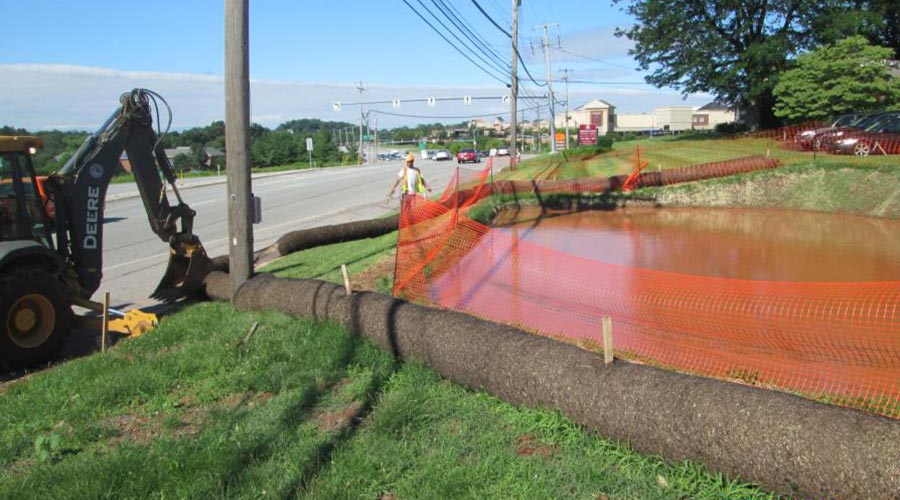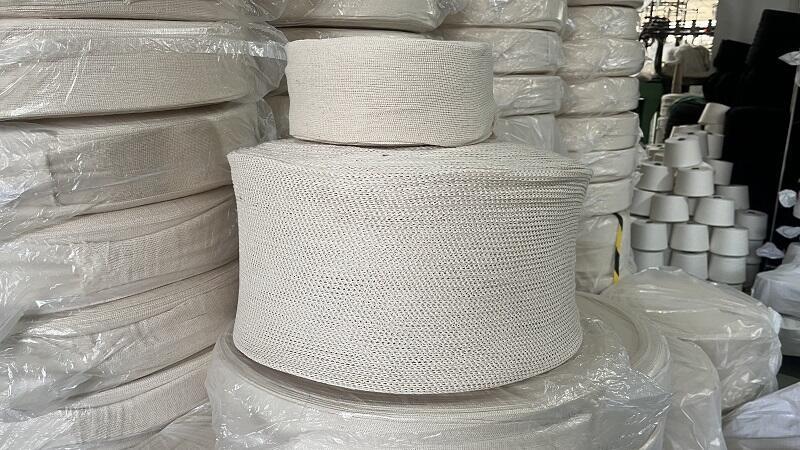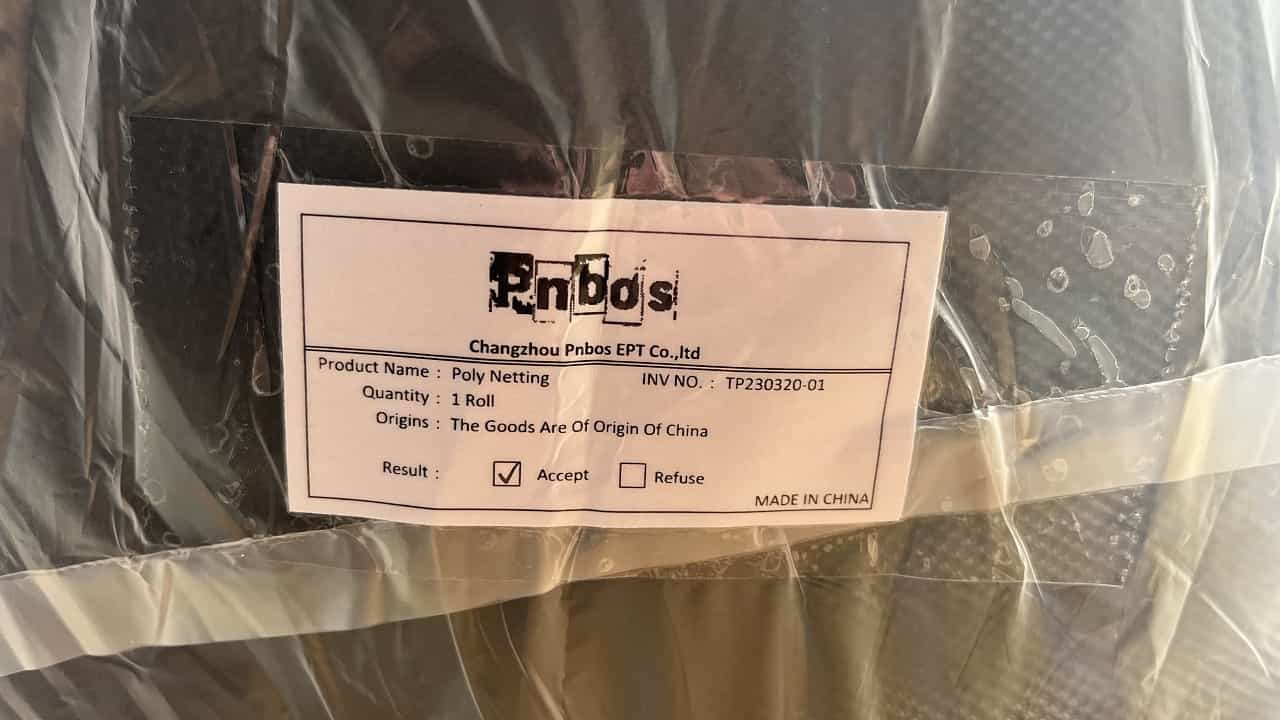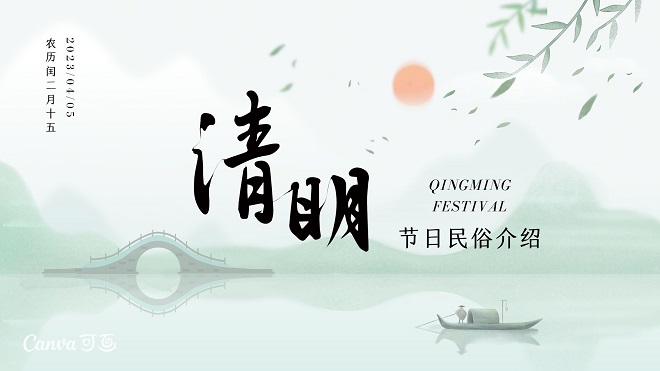In 1972 the Clean Water Act (CWA) was enacted, the purpose of the CWA was to protect waters from pollution, improve the quality of waters, and maintain clean, healthy waters.
Throughout the stormwater industry, everyone is struggling to find the best solutions for pollution control. As a cost-conscious guardian of the environment, controlling on-site sediment has become as important as safety. A sustainable method of filtering, capturing and retaining sediment control was born.
1. Silt Sock for Erosion Control
Silt sock is also known as erosion control sock, filter sock or compost sock. It’s a temporary device to control water movement and reduce soil erosion.
As the most cost-effective sediment control solution used on construction sites, silt sock plays a key roles in protect water quality in nearby streams, rivers, lakes and oceans from sediment erosion.
As as an water filtration device, silt sock reduces water-borne sediment entering roadway side-entry pits, slows down water flow and helps trap silt, leaf matter, litter and other pollutants.
Silt sock is a specific sizing mesh material on the outside, and filled with filtration media.
1.1 Mesh Fabric
Silt sock fabric is a linear mesh tube filter fabric. It’s round in cross section, and comes in rolls. It’s made of virgin High Density Polypropylene (HDPE), the materils are strong, robust and resistant to fading and UV breakdown. For some high stretch requirements, the Ployster is also a reliable option.
Silt sock fabric is made of an environmental friendly material. The mesh materaial is photo-degradable over an extended period of time.
It is usually black, but you can also find many other colours such as green, orange, blue, etc. The original colour of the raw material is transparent, but it is only the addition of the toner that changes the original colour of the granules.
Different colours can be used to better integrate into your landscape, click here to customise your preferred colour.
1.2 Printed Silt Sock
Printed silt sock is the most directly advertising to your target audience and at a very low price compared to other marketing options available.
Printed silt sock is getting more and more popular due to numerous companies realising the immense marketing benefits printed silt sock can do for their company.
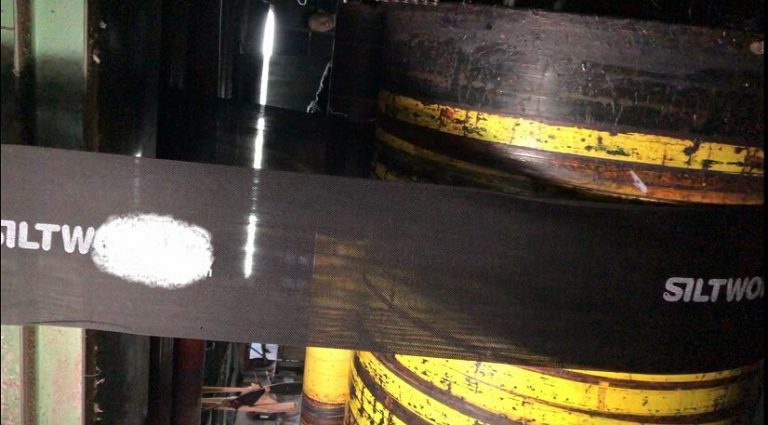
- Printed Silt Sock Fabric
You may often seen printed silt fence, but rarely printed silt sock. The reason is that becomes relatively difficult to print on high stretch silt sock fabric compared to silt fence. However, the innovative teams have always found a cost-effective solution.
Contact us to find out more about examples of how printed slubby socks can be useful for your company to build your brand and gain marketing benefits, and to get a quote for your own brand.
1.3 Filtration Media
Many of silt sock product are very similar in size, shape and form, but the technology in the fill material is key to optimal performance.
What goes in a silt sock?
Most of filtration media is recyclable, biodegradable and envenmentally friendly. The common silt sock filled media is wood chips or compost material.

- Silt Sock Filled With Wood Chips
The wood chips are manufactured from virgin wood chips or clean recycled wood stock, and then with/without kiln dried process. And the compost material use composted ground organic material directly such as yard waste and land clearing debris.
The advantage of use recycles wood chips is:
- It's organic, environmentally friendly and biodegradable;
- It can maximises sediment retention and filters clean water thus improving water quality downstream;
- It can effectively filters potentially harmful substances such as faecal coliform, oil and grease, nitrogen, phosphorus, heavy metals, fuels, herbicides, pesticides and petroleum hydrocarbons;
- The kiln dried softwood has higher filtration rate than regular tree scraps and mulch.
However, the greatest benefit of using a composting media is that the microorganisms in the composting material can naturally bioremediate the captured pollutants in situ.
2. Silt Sock Sizes
The sizing for silk sock typically available in 5 inch, 8 inch, 12 inch, 18 inch and 24 inch. Choosing to install different diameter silt socks will depend on the runoff speed and slope depending on your workplace and landscape conditions, of which 9 inch and 12 inch are the most widely used for various land filtration and pollutant removal.
